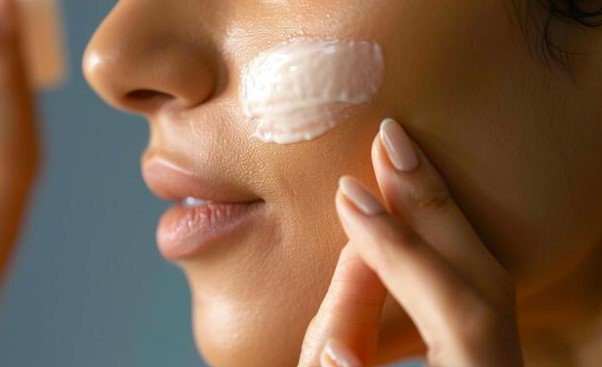The Benefits and Risks of Facial Steaming: A Comprehensive Guide
Summary
- Facial steaming can help to open up pores and promote the removal of dirt, oil, and impurities from the skin.
- However, there are potential risks associated with facial steaming, such as irritation, burns, and exacerbating existing skin conditions.
- It is important to use caution when incorporating facial steaming into your daily skincare routine and pay attention to how your skin reacts.
Benefits of Facial Steaming
Facial steaming has gained popularity in recent years as a way to promote healthy, glowing skin. There are a number of potential benefits to incorporating facial steaming into your daily skincare routine, including:
1. Opens up Pores
One of the primary benefits of facial steaming is that it helps to open up pores. The steam helps to soften the skin and loosen dirt, oil, and impurities that may be trapped in the pores. This makes it easier to remove these impurities and can help to prevent breakouts and blackheads.
2. Promotes Circulation
Facial steaming can also help to promote circulation in the skin. The heat from the steam causes blood vessels to dilate, which can improve blood flow to the skin and deliver important nutrients to the cells. This can help to give the skin a healthy, glowing appearance.
3. Allows for Deeper Penetration of Skincare Products
When you steam your face, it can help to open up the pores and make the skin more receptive to Skincare Products. This means that any serums, moisturizers, or treatments that you apply after steaming may be able to penetrate more deeply into the skin and be more effective.
Risks of Facial Steaming
While there are potential benefits to facial steaming, there are also some risks that you should be aware of before incorporating it into your daily skincare routine:
1. Irritation
Some people may experience irritation from facial steaming, especially if they have sensitive skin. The heat from the steam can cause redness, itching, or burning, particularly if the steam is too hot or if the skin is exposed to it for too long.
2. Burns
There is also a risk of burns from facial steaming if the steam is too hot or if the skin is exposed to it for too long. It is important to use caution when steaming your face and to make sure that the steam is at a safe temperature to avoid burns.
3. Exacerbates Existing Skin Conditions
For some people, facial steaming can exacerbate existing skin conditions, such as rosacea or eczema. The heat from the steam can aggravate these conditions and cause flare-ups, so it is important to be cautious if you have sensitive skin or a skin condition.
Tips for Safe Facial Steaming
- Use distilled water or filtered water to steam your face, as tap water may contain impurities that can irritate the skin.
- Steam your face for no more than 10 minutes at a time to avoid irritation or burns.
- Follow up with a gentle cleanser and moisturizer after steaming to keep the skin hydrated and protected.
- If you experience any redness, itching, or burning after steaming, stop immediately and seek medical attention if necessary.
- Consult with a dermatologist before incorporating facial steaming into your daily skincare routine, especially if you have sensitive skin or a skin condition.
In conclusion, facial steaming can have potential benefits for the skin, such as opening up pores, promoting circulation, and allowing for deeper penetration of Skincare Products. However, there are also risks associated with facial steaming, such as irritation, burns, and exacerbating existing skin conditions. It is important to use caution when incorporating facial steaming into your daily skincare routine and pay attention to how your skin reacts. If done safely and effectively, facial steaming can be a beneficial addition to your skincare regimen.

Disclaimer: The content provided on this blog is for informational purposes only, reflecting the personal opinions and insights of the author(s) on the topics. The information provided should not be used for diagnosing or treating a health problem or disease, and those seeking personal medical advice should consult with a licensed physician. Always seek the advice of your doctor or other qualified health provider regarding a medical condition. Never disregard professional medical advice or delay in seeking it because of something you have read on this website. If you think you may have a medical emergency, call 911 or go to the nearest emergency room immediately. No physician-patient relationship is created by this web site or its use. No contributors to this web site make any representations, express or implied, with respect to the information provided herein or to its use. While we strive to share accurate and up-to-date information, we cannot guarantee the completeness, reliability, or accuracy of the content. The blog may also include links to external websites and resources for the convenience of our readers. Please note that linking to other sites does not imply endorsement of their content, practices, or services by us. Readers should use their discretion and judgment while exploring any external links and resources mentioned on this blog. Content in this blog is copyright protected, please do not repost or embed content without prior written permission.